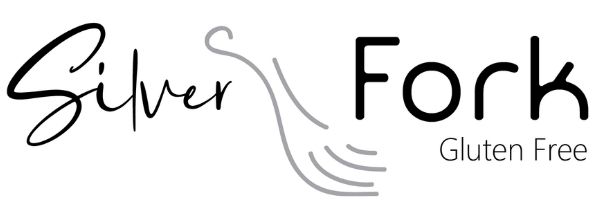Breastfeeding is the optimal source of nutrition for infants. This article explores the benefits of breastfeeding, proper techniques, and how to ensure infants receive adequate nutrition during the first six months of life.
Key Points
Benefits of Breastfeeding for Infants and Mothers
For Infants:
- Optimal Nutrition: Breast milk contains the perfect balance of nutrients tailored to the infant’s needs, promoting healthy growth and development.
- Immune Protection: Rich in antibodies, breast milk helps protect infants from infections and diseases, including respiratory illnesses and diarrhea.
- Digestive Health: Breast milk is easily digestible and reduces the risk of gastrointestinal disturbances.
- Cognitive Development: Studies suggest a positive impact on cognitive development and higher IQ scores in breastfed infants.
- Reduced Risk of Chronic Conditions: Breastfeeding lowers the risk of developing chronic conditions such as obesity, type 2 diabetes, and certain allergies later in life.
For Mothers:
- Postpartum Recovery: Breastfeeding helps the uterus contract and reduces postpartum bleeding.
- Caloric Expenditure: Nursing burns extra calories, aiding in postpartum weight loss.
- Reduced Risk of Diseases: Lowers the risk of breast and ovarian cancers, type 2 diabetes, and cardiovascular diseases.
- Bonding: Promotes emotional bonding between mother and baby, fostering a sense of security and attachment.
Breastfeeding Techniques and Positions
- Cradle Hold: The mother cradles the baby’s head in the crook of her arm, supporting the baby’s back with the same arm while using the opposite hand to support the breast.
- Cross-Cradle Hold: Similar to the cradle hold but the mother uses the opposite arm to support the baby, providing more control of the baby’s head.
- Football Hold: The baby is tucked under the mother’s arm like a football, with the baby’s legs pointing toward the back. This position is beneficial for mothers recovering from a C-section.
- Side-Lying Position: Both mother and baby lie on their sides facing each other. This position is useful for nighttime feedings and mothers recovering from surgery.
- Laid-Back Position: The mother reclines with the baby lying on her chest. Gravity helps keep the baby in place, promoting a natural latch.
Managing Breastfeeding Challenges
- Latching Issues: Ensure the baby’s mouth covers both the nipple and a good portion of the areola. Seek guidance from a lactation consultant if difficulties persist.
- Sore Nipples: Proper latch techniques can prevent soreness. Use nipple creams and ensure the baby is not just sucking on the nipple tip.
- Engorgement: Nurse frequently, apply warm compresses before feeding, and cool compresses afterward. Express milk if the baby is not emptying the breast.
- Low Milk Supply: Feed on demand, ensure proper latch, stay hydrated, and consider galactagogues (foods or supplements that promote milk production). Consult a healthcare provider for persistent issues.
- Mastitis: Recognize symptoms like redness, swelling, and flu-like symptoms. Continue breastfeeding, apply warm compresses, and seek medical treatment if necessary.
Supplementing with Formula When Necessary
- When to Supplement: If the infant is not gaining weight adequately, has a medical condition requiring additional nutrition, or the mother has a low milk supply despite efforts to increase it.
- Choosing the Right Formula: Opt for formulas that are iron-fortified and age-appropriate. Discuss with a pediatrician to select the best option for your baby.
- Combination Feeding: Gradually introduce formula while continuing breastfeeding to maintain the mother’s milk supply and provide the benefits of breast milk.
- Safe Preparation: Follow the manufacturer’s instructions for preparing and storing formula to ensure safety and prevent contamination.
Resources
- La Leche League International: Provides support and resources for breastfeeding mothers. La Leche League International
- Centers for Disease Control and Prevention (CDC): Offers guidelines and information on breastfeeding practices. CDC Breastfeeding
By understanding the benefits and techniques of breastfeeding, addressing common challenges, and knowing when to supplement with formula, mothers can ensure their infants receive optimal nutrition during the crucial first six months of life.
Summary
Breastfeeding is the optimal source of nutrition for infants, offering numerous benefits for both infants and mothers. This article delves into these benefits, highlighting how breast milk provides perfect nutrition, immune protection, and supports cognitive development for infants while aiding postpartum recovery and reducing disease risks for mothers. It covers essential breastfeeding techniques and positions, such as the cradle hold and football hold, to ensure a comfortable and effective feeding experience. The article also addresses common breastfeeding challenges like latching issues, sore nipples, and low milk supply, offering practical solutions and when necessary, guidance on supplementing with formula. With resources from La Leche League International and the CDC, this guide equips mothers with the knowledge to provide the best nutrition for their infants during the first crucial months.


